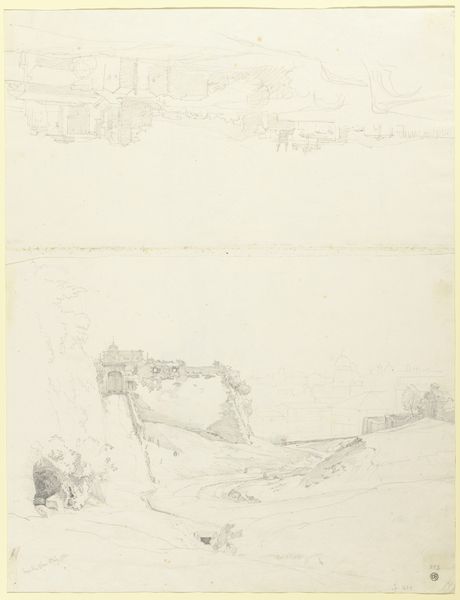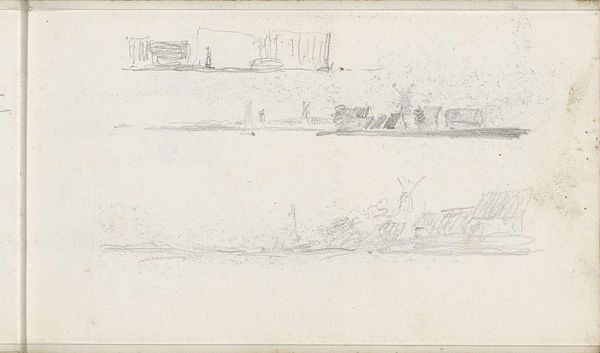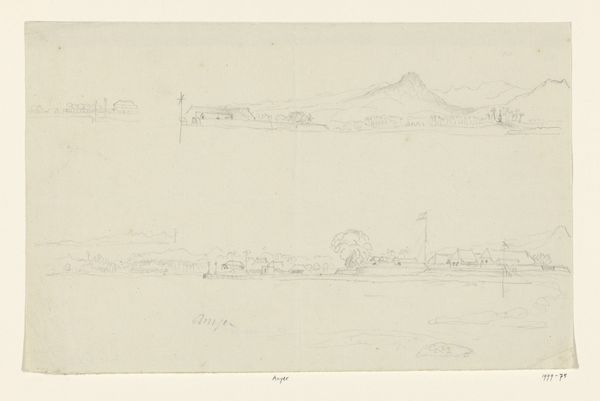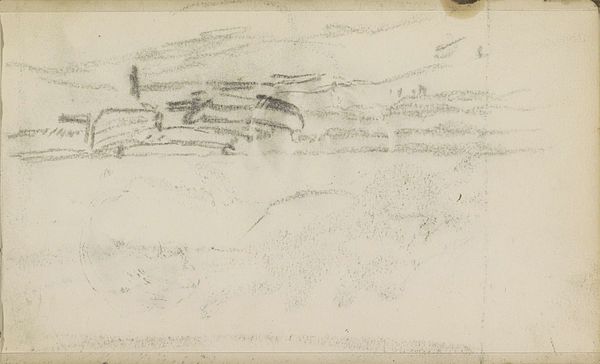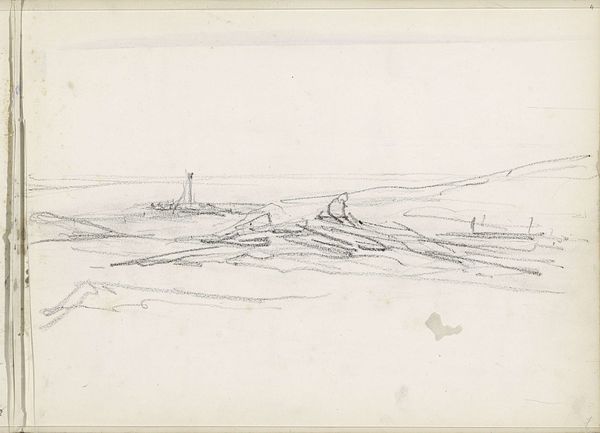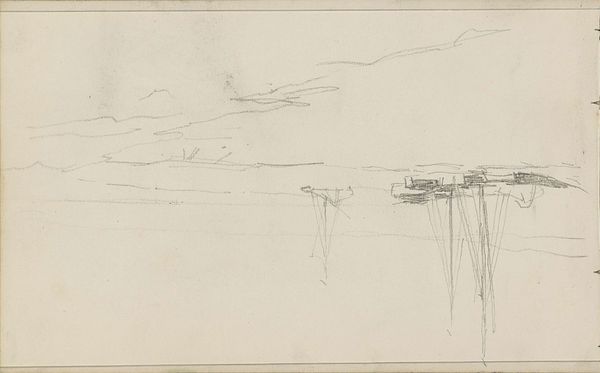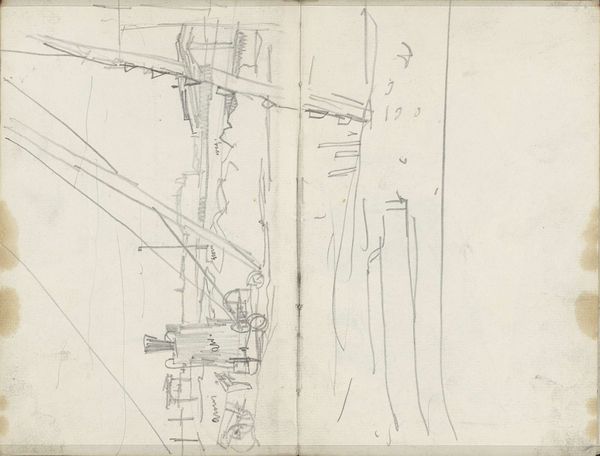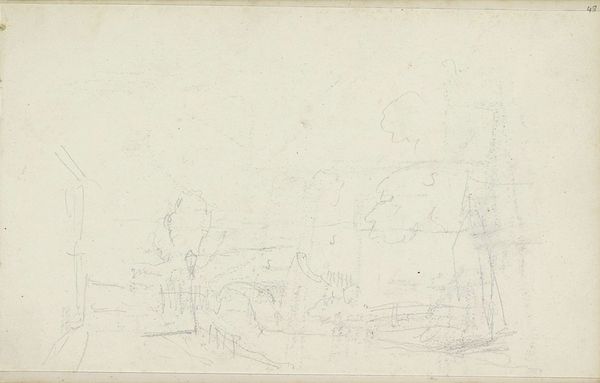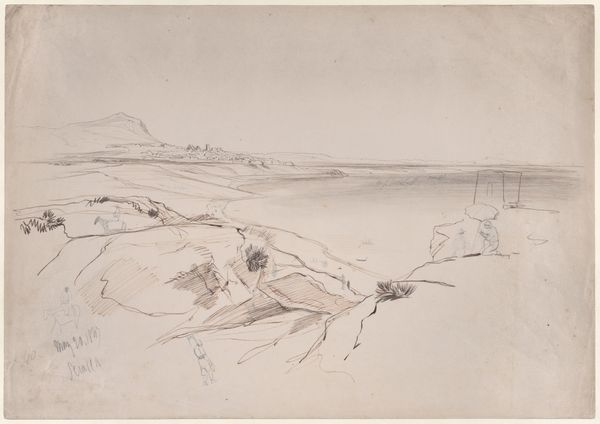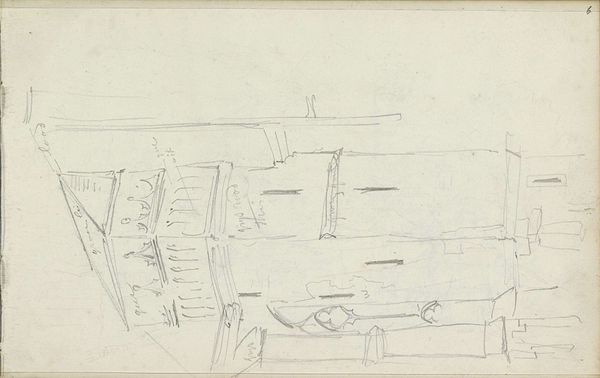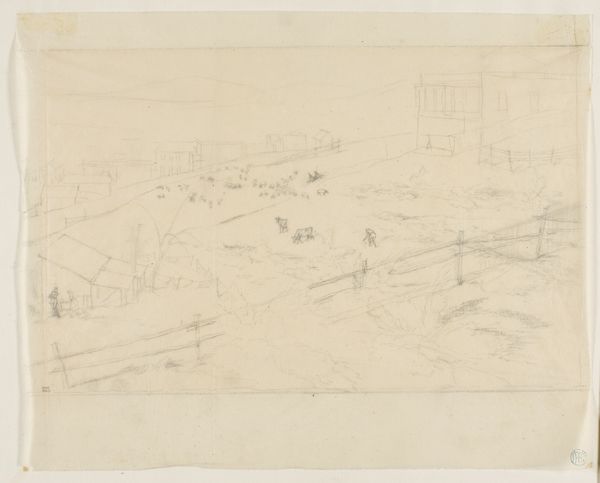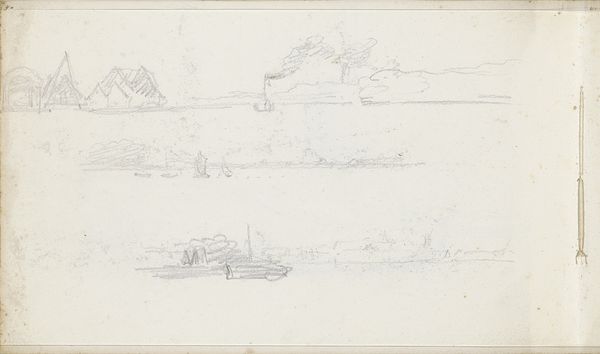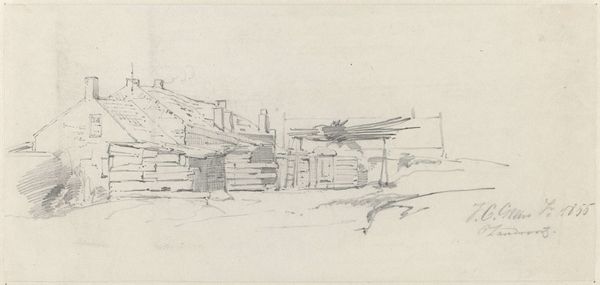
Oben römische Campagna mit Brückengebäude, unten Blick von der Grotte der Egeria zum Grabmal der Cecilia Metella an der Via Appia 1826
0:00
0:00
drawing, pencil, architecture
#
architectural sketch
#
drawing
#
16_19th-century
#
neoclassicism
#
landscape
#
pencil
#
architecture
Copyright: Public Domain
Ernst Fries sketched this Roman landscape in the early 19th century, capturing the timeless allure of ancient ruins. Dominating the lower view is the Tomb of Cecilia Metella, a symbol of Roman aristocratic power and familial memory. Such mausoleums echo earlier Etruscan tumuli, revealing a continuous thread of ancestor worship and remembrance across Italian history. Even today, we see echoes of this impulse in our cemeteries and memorials. The arch of the Grotto of Egeria speaks to the Roman reverence for nature and its divine associations. These architectural ruins are not merely stones; they are palimpsests of cultural memory. The image captures a longing for a lost golden age, a sentiment that cycles through Western culture, constantly resurfacing and reshaping itself, reflecting our perennial fascination with the rise and fall of civilizations.
Comments
No comments
Be the first to comment and join the conversation on the ultimate creative platform.
